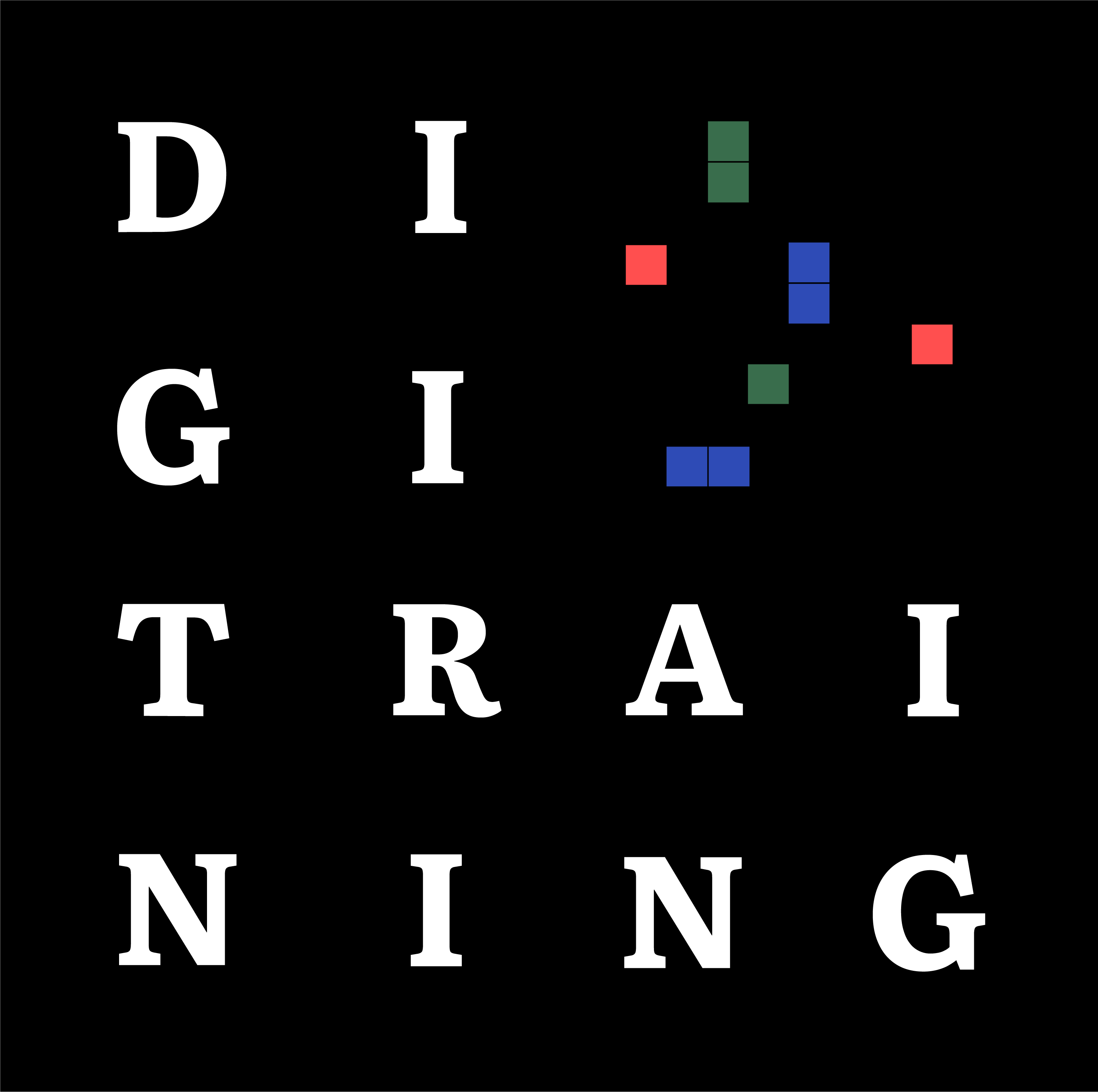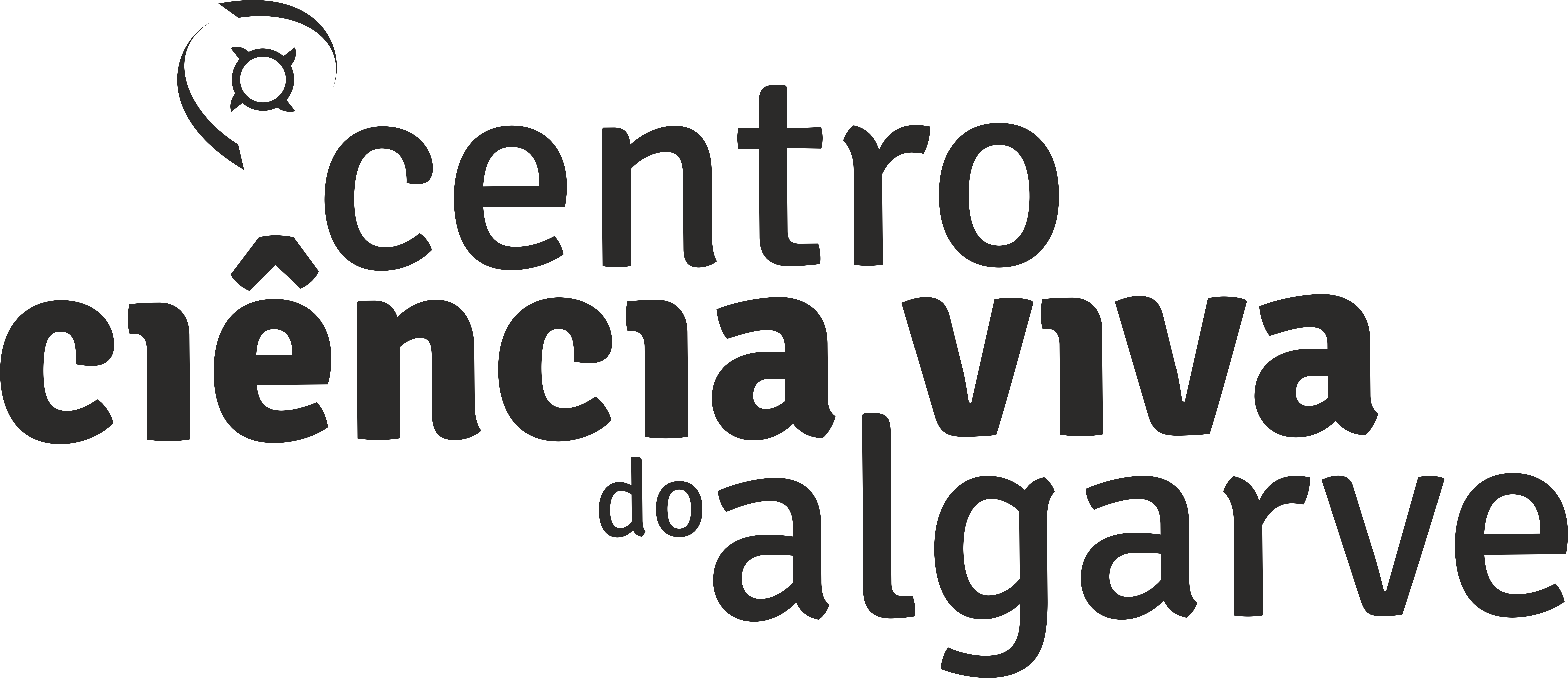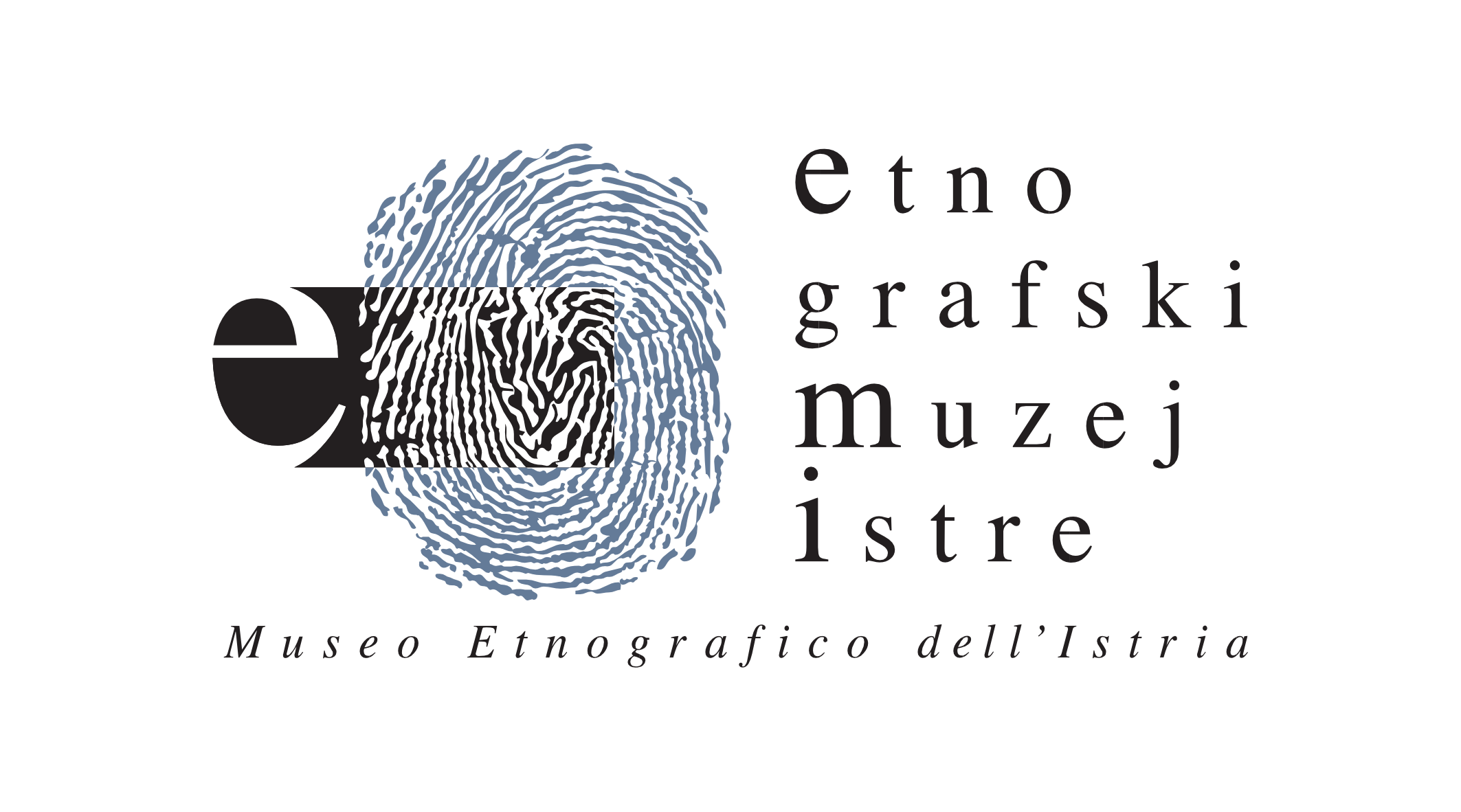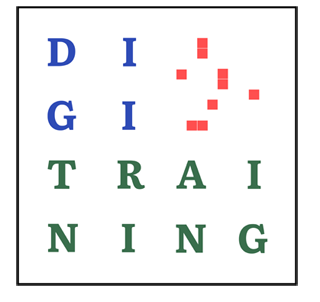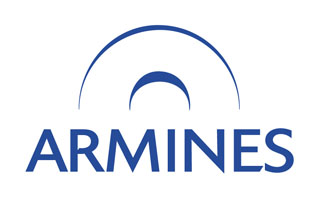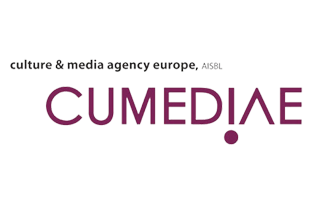CAPACITY BUILDING PROGRAMME
Starting June 22nd, 2021 for selected beneficiaries
We welcome selected organisations to the DigiTraining Capacity Building Programme for Cultural Heritage Organisations!
On this page you will find useful general information about the programme.
This programme provides support to cultural and heritage organisations that aspire to innovate and integrate new technologies in their structure and activities through a training for selected beneficiaries, aiming at a more accessible and inclusive cultural industry.
HOW DO I KNOW IF MY ORGANISATION WAS SELECTED?
The DigiTraining Capacity Building Programme is available for the selected participants from the now closed Call for Applications. These beneficiaries will be contacted via email by June 22nd, and the results will be published on this webpage once all confirmations of participation are received.
MY ORGANISATION WAS SELECTED AS A BENEFICIARY. HOW CAN I ACCESS THE TRAINING?
If your application has been selected you should have received an email with instructions from DigiTraining to participate in the courses, starting with the General Programme on June 22nd, 2021.
The training material will be available through the AIMove for DigiTraining Platform. To access the material, you will receive the login credentials from the course organisers. Information on specifics of the platform will be provided to selected organisations via email. For convenience for participants, access to the platform is available from the button in the section below.
ACCESS TO THE PLATFORM
AIMOVE PLATFORM INSTRUCTIONS
Once you log into the platform, please select “DIGITRAINING PROGRAMME” on the left column menu. From here, you will see the course announcements and access to the various modules. A more detailed manual with further instructions will be provided to the beneficiaries. In case you are a selected beneficiary but did not receive the login data to the AIMove Platform, or in case of any other problems with your access to the platform, please contact us at beneficiaries[at]digitraining-heritage.eu.
AIMOVE PLATFORM
CAN I STILL PARTICIPATE EVEN IF I DIDN’T APPLY TO THE CALL OR IF I WASN’T SELECTED?
The current edition of the DigiTraining Capacity Building Programme is restricted to the selected beneficiaries. After the implementation of this course related materials and resources will be available for free on our website.
Centro Ciência Viva do Algarve opened its doors to the public on August 3, 1997 and was the first
center of the Ciência Viva Centers network in Portugal. It is a small non-profit private association
which benefits of the dedication, experience and knowledge of 6 employees and grantees and school teachers that allow transferring science acquisitions to the society through the development of interactive modules and temporary exhibitions, as well as with original activities for schools and young people.
CCVAlg has two interactive permanent exhibitions: i) “Know +, Eat well, Walk better” in which Physics, Geology, Food, Meteorology, and Volcanism are presented in an integrated way around energy, and ii) “From the Ria to the Street” that focuses on the local Ria Formosa barrier-island lagoon system and in which the visitors can interact with animals that are usually found in the intertidal zone, and discover their interaction with local and cultural aspects.
The museum also aims to dedicate a higher portion for local community and regional aspects such
as the Ria Formosa Lagoonal system, including all scientific domains, and more specifically the links between land, sea and human activities through ecoservices of coastal and marine environments.
Medical Museion is a public museum that examines and collects medical science and health, through the lens of history, culture and art. As a part of Copenhagen University the museum’s goal is to connect the public to researchers and other professions through imaginative exhibitions, events, conversations, as well as the museum’s own investigations.
Medical Museion‘s oldest building (1787) originally housed the Royal Danish Academy of Surgery is a founding institution for medicine in Denmark. The museum has a collection of objects, mostly reflecting Danish medical history, with great technical and cultural significance. The museum is located in the heart of Copenhagen.
The MEV was inaugurated in 1891 and for over one hundred years it has continued with its mission to conserve, study, exhibit and publicise its exceptional collection. The collection is mostly based on medieval art; in fact, the Romanesque collection is one of the most important ones in the world. Our will in the near future is to spread this collection both all around the world and locally, so we are hardly working on the digital side in order to achieve this purpose.
The Episcopal Museum of Vic was inaugurated in 1891 and for over one hundred years it has continued with its mission to conserve, study, exhibit and publicise its exceptional collection. Since 2002 all museum exhibits have been located in a new building designed specifically our collections.
MEV collection comprises over 29,000 items of exceptional value. It includes masterpieces; paintings and sculptures from the Catalan Romanesque and Gothic periods, together with outstanding collections of archaeology, jewellery, textiles, ironwork, glassmaking and pottery.
The Ethnographic Museum of Istria (EMI) is a cultural and scientific regional institution dedicated to collection, conservation, interpretation and presentation of cultural phenomena related to the Istrian territory. The museum’s mission focuses on safeguarding the traditional Istrian culture and the awareness of contemporary cultural and social phenomena. Following the official regional policies, the Museum affirms the multicultural character of the territory, which is ethically reflected in the work of museum and in museum’s programmes. Besides its active role in museological environment, precisely, in the presentation of cultural heritage, the Ethnographic Museum of Istria from its very beginnings is also a relevant place dedicated to scientific research of local cultural phenomena.
Activities open to the public that the Museum is continuously developing in order to follow its mission are embracing different categories of corresponding activities. Mainly, the Museum is focused on developing exhibition programs, educative programs, events production, digital accessibility projects and publishing.
Museo Galileo is one of the leading international institutions in the History of Science, combining a well-known museum of scientific instruments and an institute dedicated to research, documentation, and dissemination of the history of science in the broadest senses.
Founded in 1927, the Museum is heir to a five century-long tradition of scientific collecting, which originates from the primary importance assigned to scientists and scientific instruments by the Medici and Lorraine families. It also hosts the only surviving instruments made by Galileo Galilei.
The Museum is equipped with a specialized library, a multimedia department dedicated to the exploitation of the museum collections, as well as an iconographic archive and a restoration laboratory.
Museo Galileo has promoted several initiatives aimed toward different target audiences to increase the general public’s interest in science both by introducing scientific content with practical and entertaining methods and by offering informal extra-school occasions of learning. In particular three critical areas have been identified in which the experience of Museo Galileo’s staff has a significant impact: school from primary to secondary education, with a special attention to scholastic institutes that are penalized by their isolated position, disadvantaged groups such as visually impaired people, hospitals and prisons.
The Prahova County Museum of History and Archaeology, is a neoclassical building and presents the beginnings of Ploiesti, events of the mid-nineteenth century (1848) and their echoes in Prahova, numismatics and medals offices, Prahova pre-war cultural aspects, but also traces of the Getae civilization and of the 1st millennium AD, coming from the archaeological sites of Drajna de Sus, Mălăieşti, Târgşorul Vechi and many others spots in Prahova.
